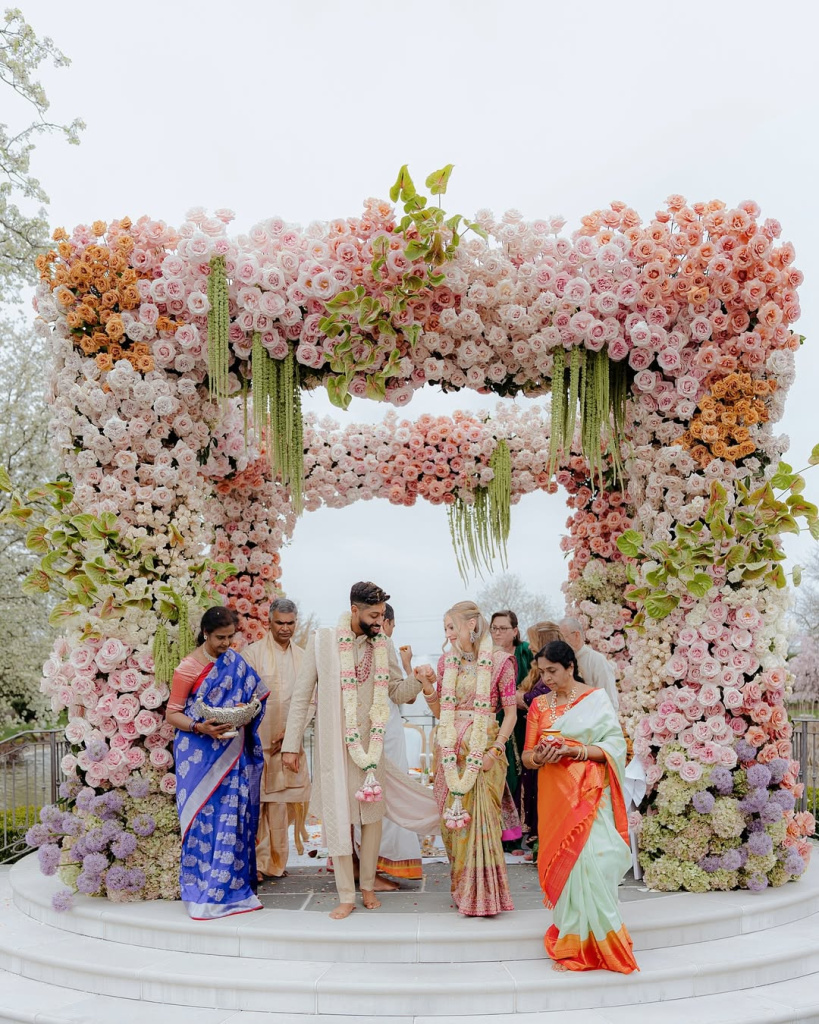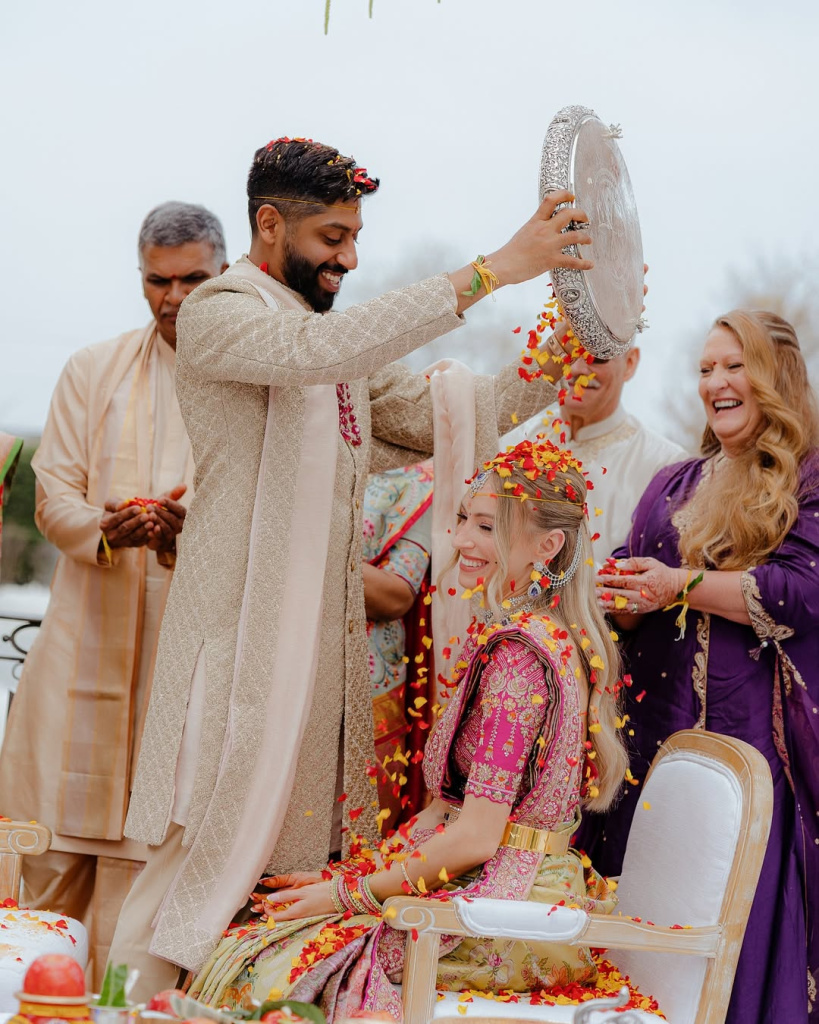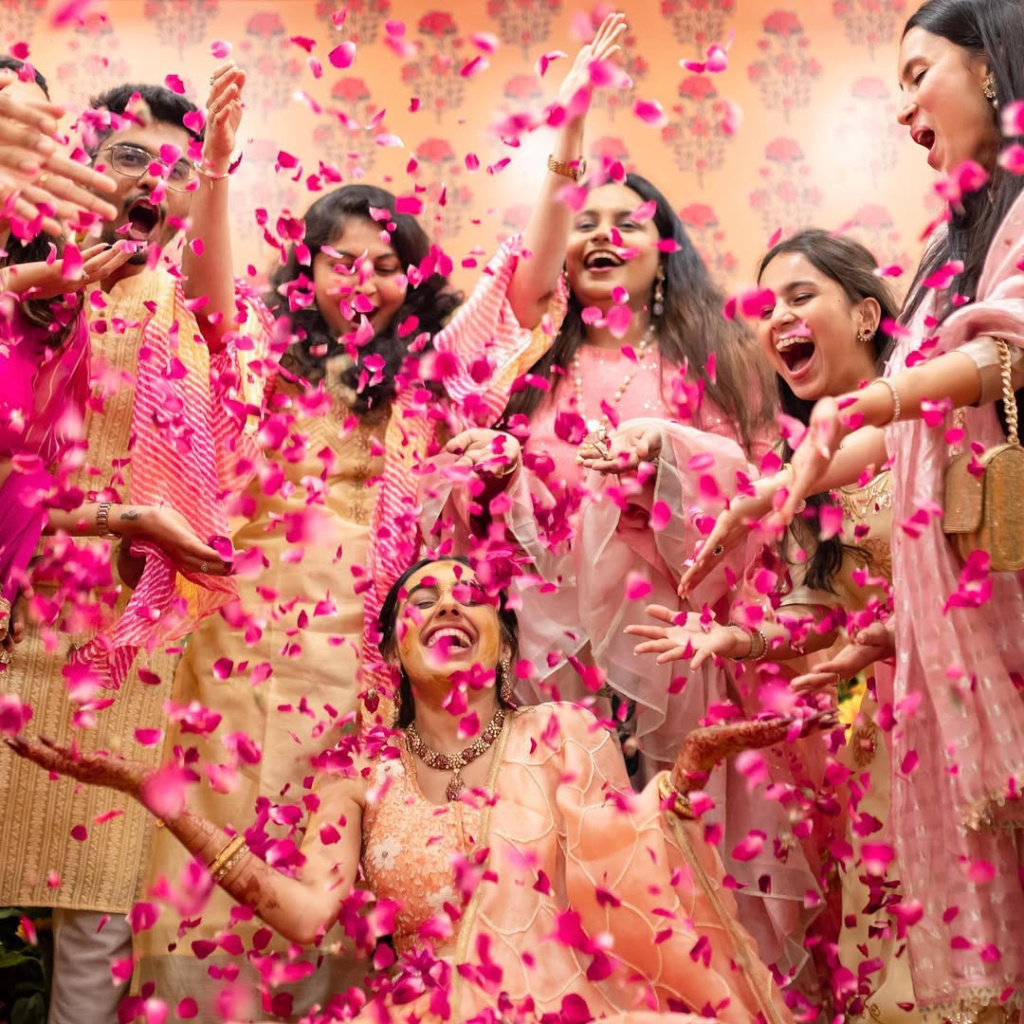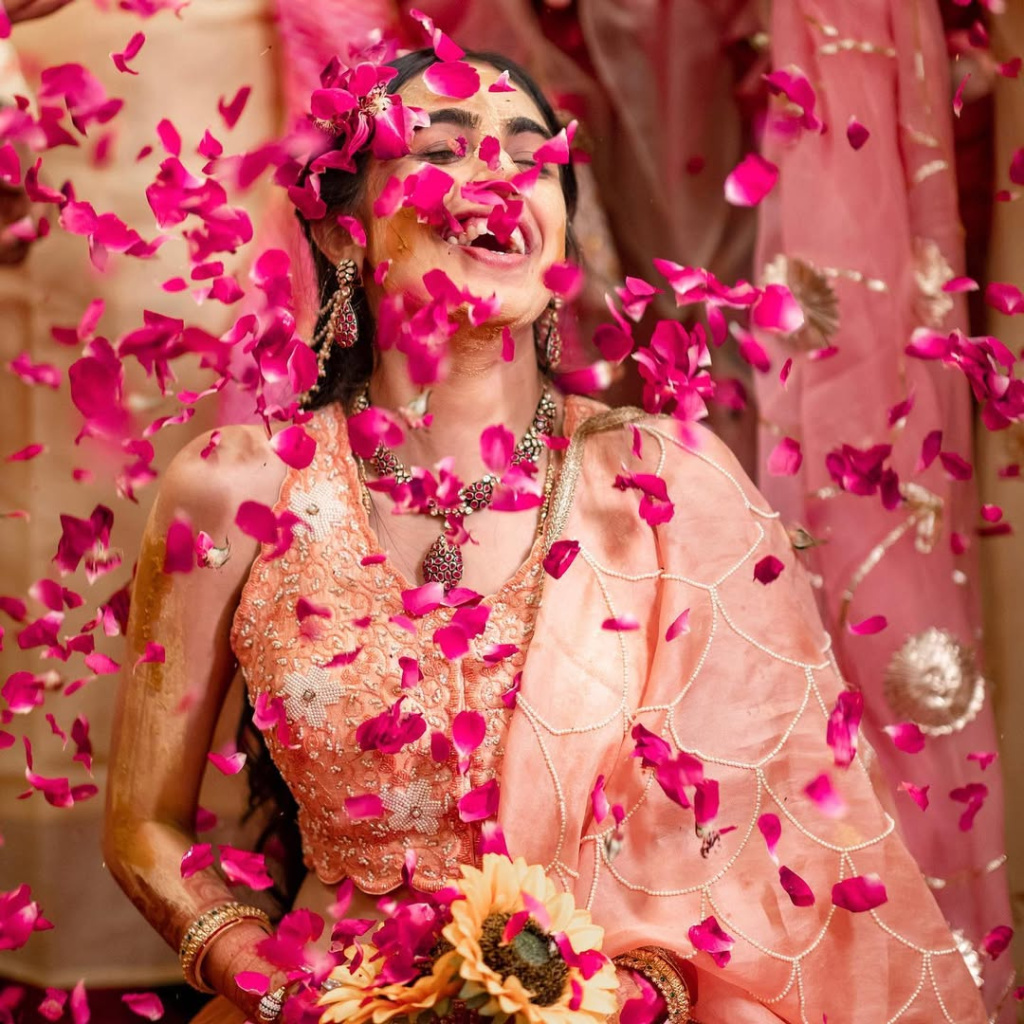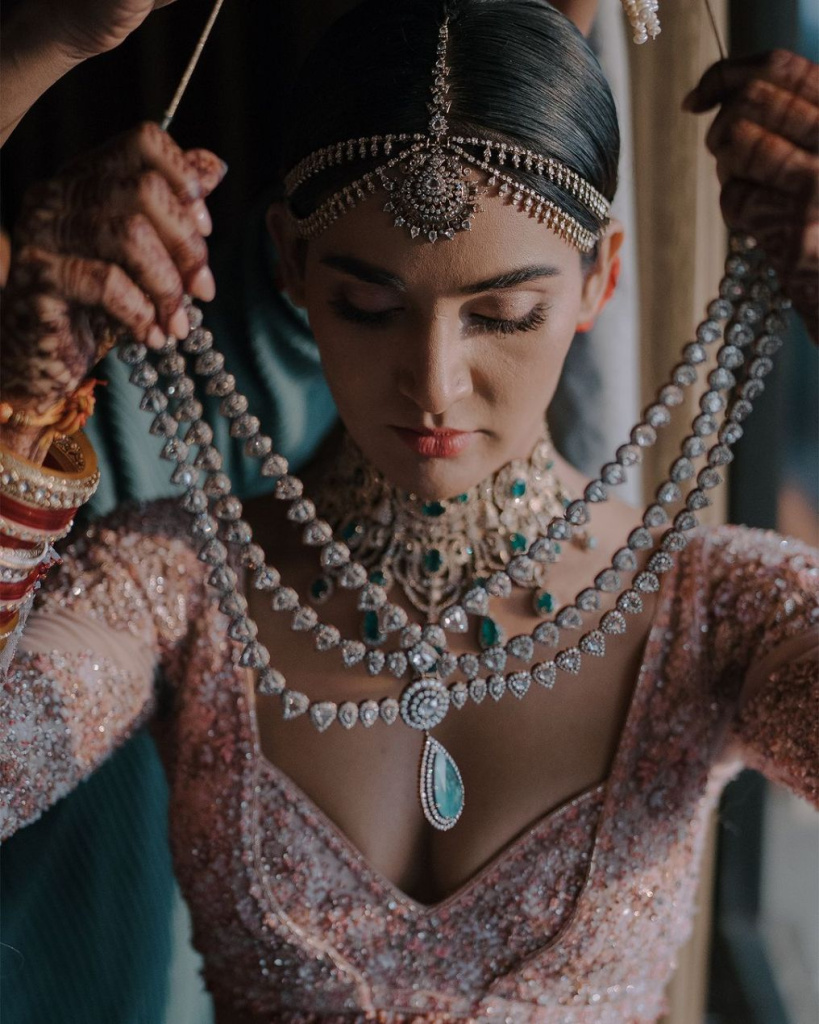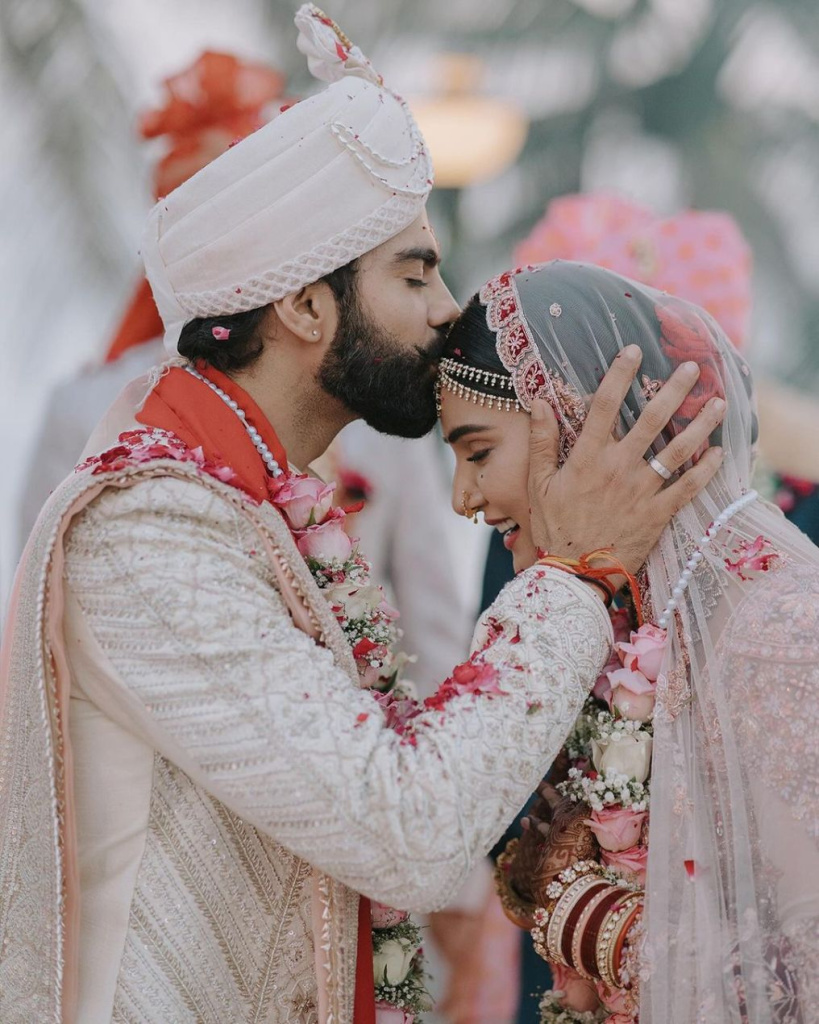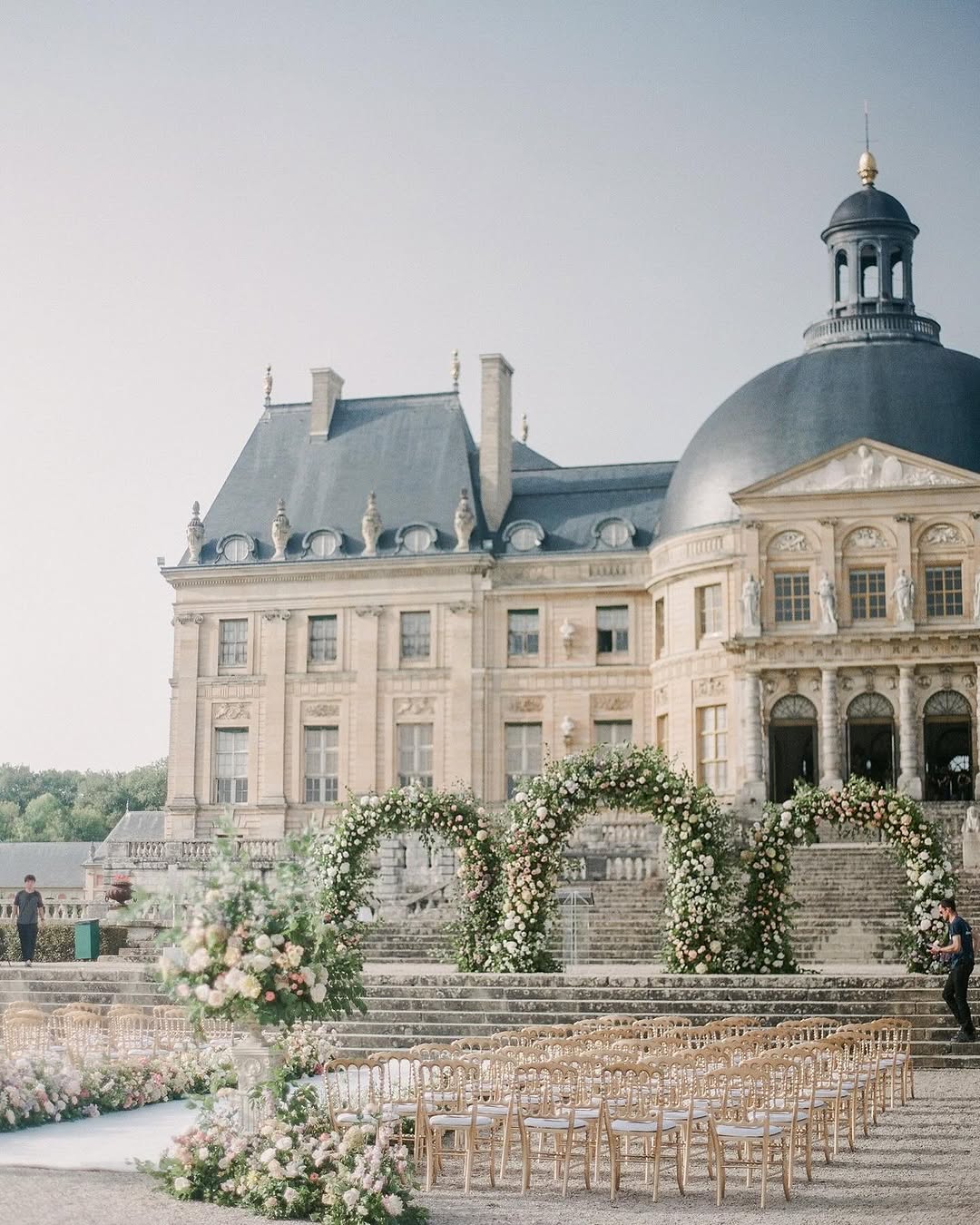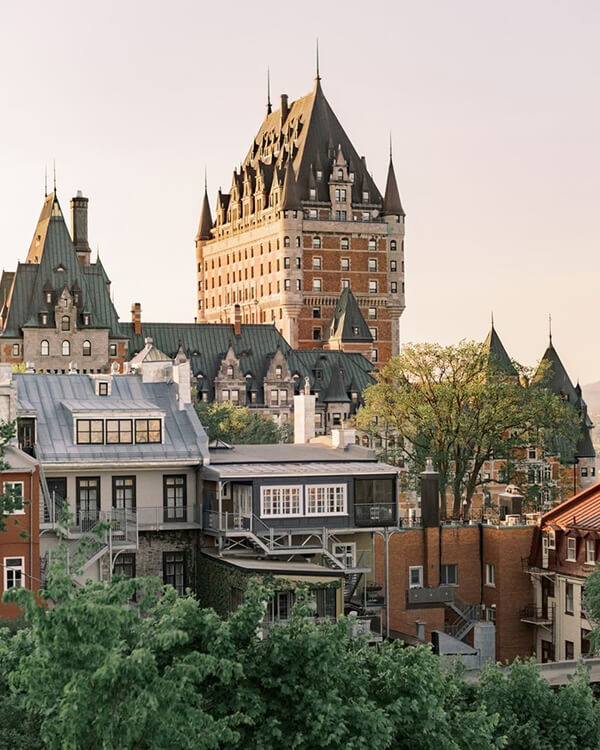Hindu Wedding Traditions
- Author: Natali Grace Levine
- Reading time: 12 min 18 sec
- Publication date: 02/07/2025
- Updated: 09/02/2025
Close your eyes and picture it—vibrant colors, fragrant flowers, rhythmic drumming, and a celebration of love that spans days (sometimes weeks!). That’s the magic of a traditional Hindu wedding: a grand spectacle brimming with ancient customs, heartfelt rituals, and a dash of modern sparkle. While practices vary across regions, castes, and families in India, the typical sequence has many common threads. Ready to explore all of them? Fasten your seatbelts for a whirlwind tour of a Hindu wedding from pre-wedding to post-wedding ceremonies!

Modern Hindu Wedding Rituals Step by Step
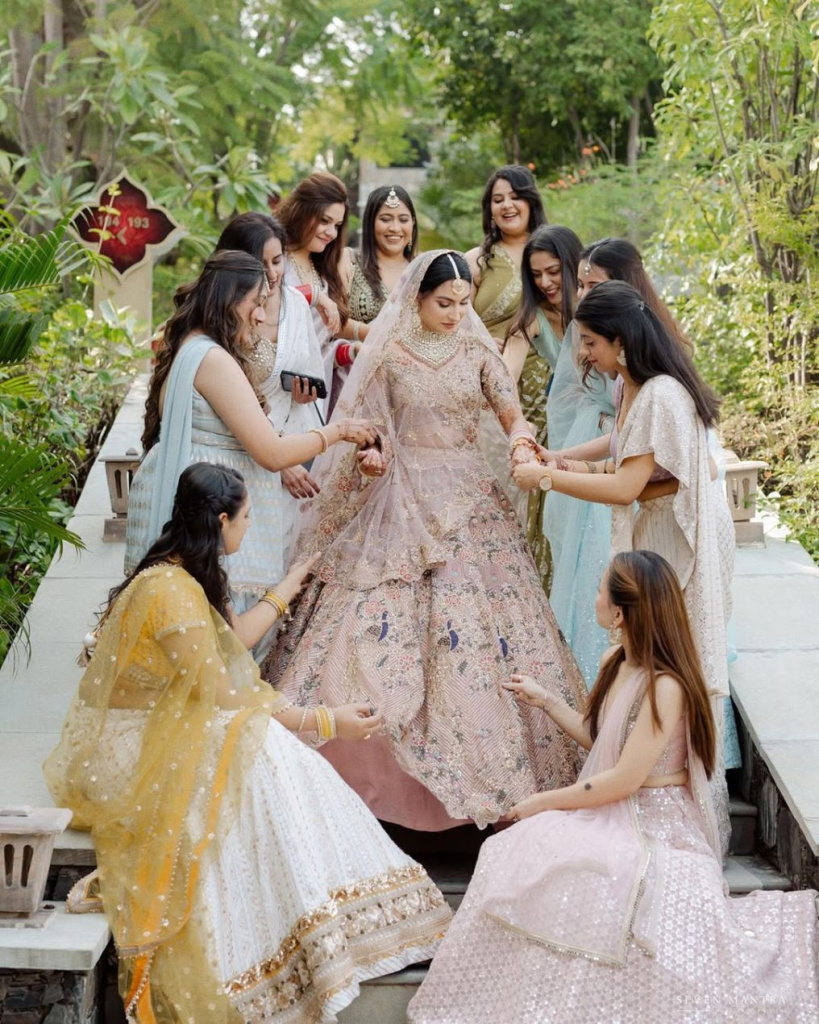
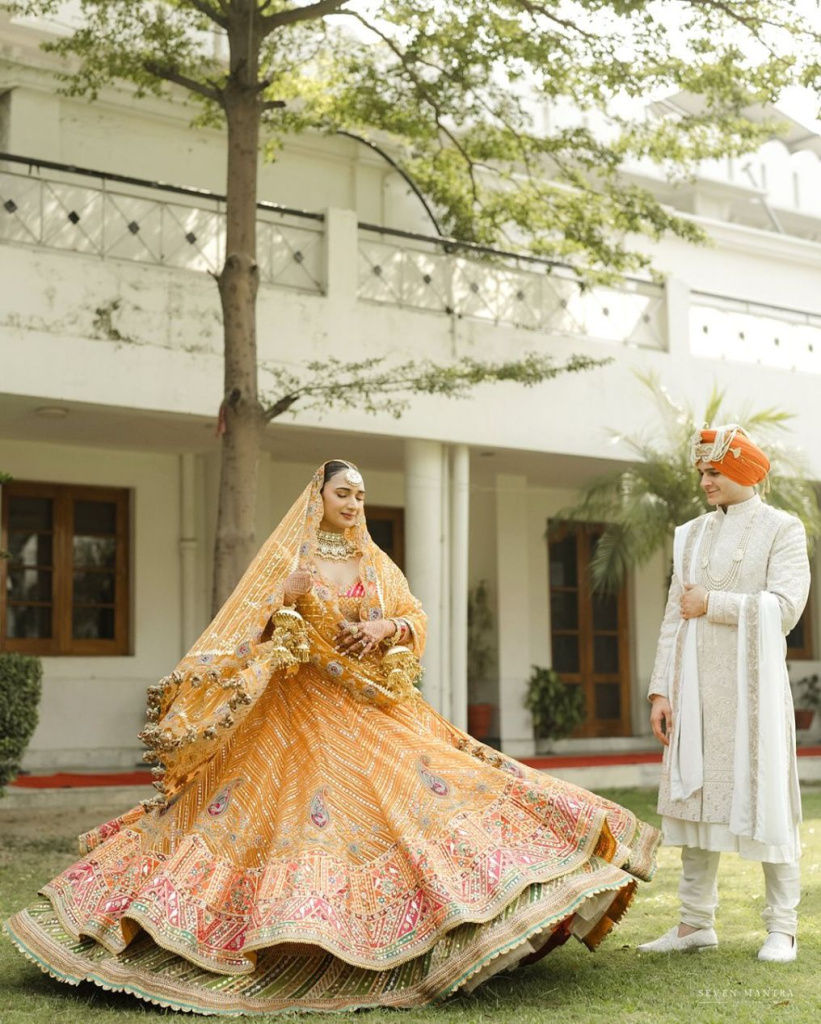
From starry-eyed engagements to after-parties packed with music and dancing, Hindu weddings blend time-honored customs with fresh, contemporary twists. Below is a step-by-step guide to these vibrant and joyous occasions, revealing how hindu wedding rituals have evolved to fit the modern age while honoring their spiritual roots.
Roka (The “We’re Making This Official” Moment)
The Roka ceremony is often the very first official step in many Hindu wedding traditions, signifying that both families have given their blessing to the alliance. It’s a mini-celebration announcing, “Yes, these two are definitely, officially, for sure getting married!”
Fun Facts & Flair:
- Families exchange gifts and sweets to commemorate the promise of marriage.
- Some communities combine Roka with a small puja (prayer) for auspicious beginnings.
- Modern couples may turn Roka into a stylish event—picture an intimate rooftop gathering or a cozy backyard ceremony with fairy lights and photobooths.
Roka sets the wheels in motion. It’s the first time the families publicly say, “We’re one big clan now,” adding a dash of excitement (and maybe a pinch of pressure!) as everyone starts counting down to the big day.
Misri or Sagai (Ring Ceremony)
Sometimes separate from or combined with the Roka, Sagai is all about exchanging rings (Misri means crystallized sugar, symbolizing sweetness). This is the moment you see on social media where the bride and groom show off their matching bling, accompanied by beaming families.
Fun Facts & Flair:
- In some regions, the bride and groom feed each other misri to signify a sweet union.
- The ceremony can include an exchange of gifts like clothes, jewelry, or even electronics (hello, modern times!) between the families.
- Couples often opt for a choreographed dance or a musical performance to dial up the festivity.
It’s a beautiful promise to stay together through thick and thin—plus, you finally get to flaunt that sparkling ring on your finger!
Mangni or Engagement
Think of Mangni as the bigger, bolder cousin to the Sagai. In some communities, the engagement is an elaborate function, complete with a priest chanting mantras, the couple exchanging garlands, and a formal announcement of the wedding date.
Fun Facts & Flair:
- Traditional attire often takes center stage here; brides might wear gorgeously embroidered lehngas or sarees while grooms rock sherwanis or bandhgala suits.
- This ceremony can be a mini wedding in itself, featuring DJ nights, dance performances, and even professional photographers capturing every moment.
It’s an official declaration to the wider circle—friends, colleagues, extended family—that these two are soon tying the knot. Let the countdown and wedding prep madness begin!
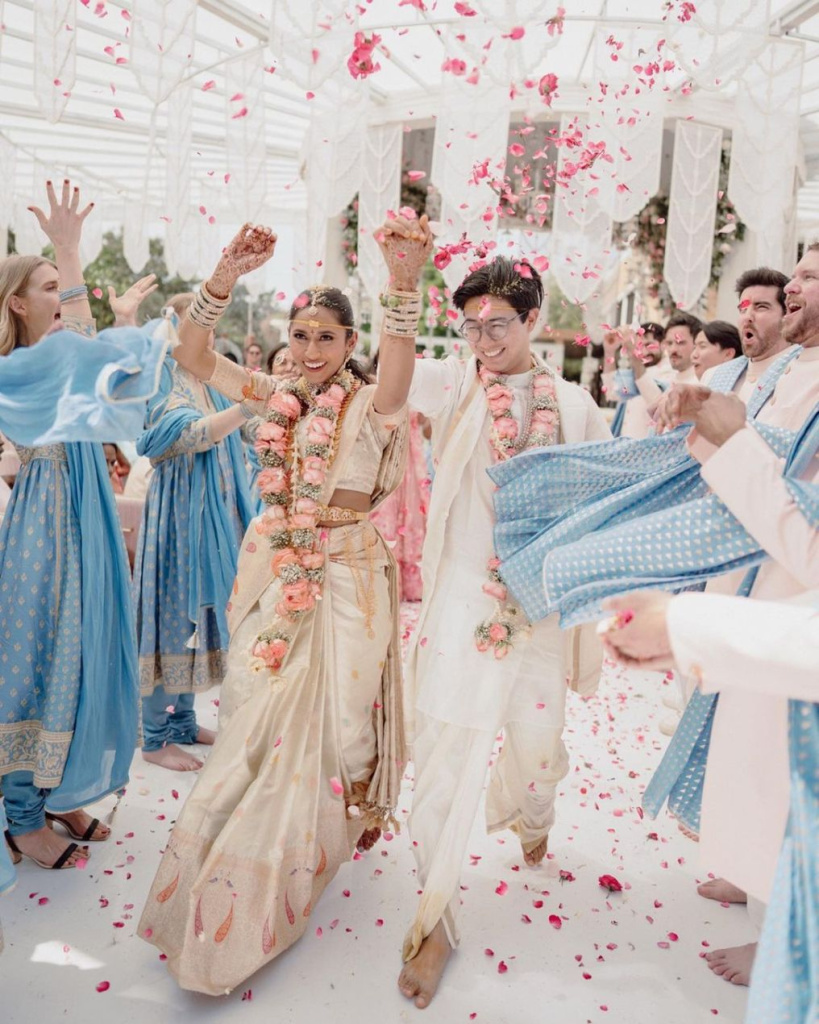
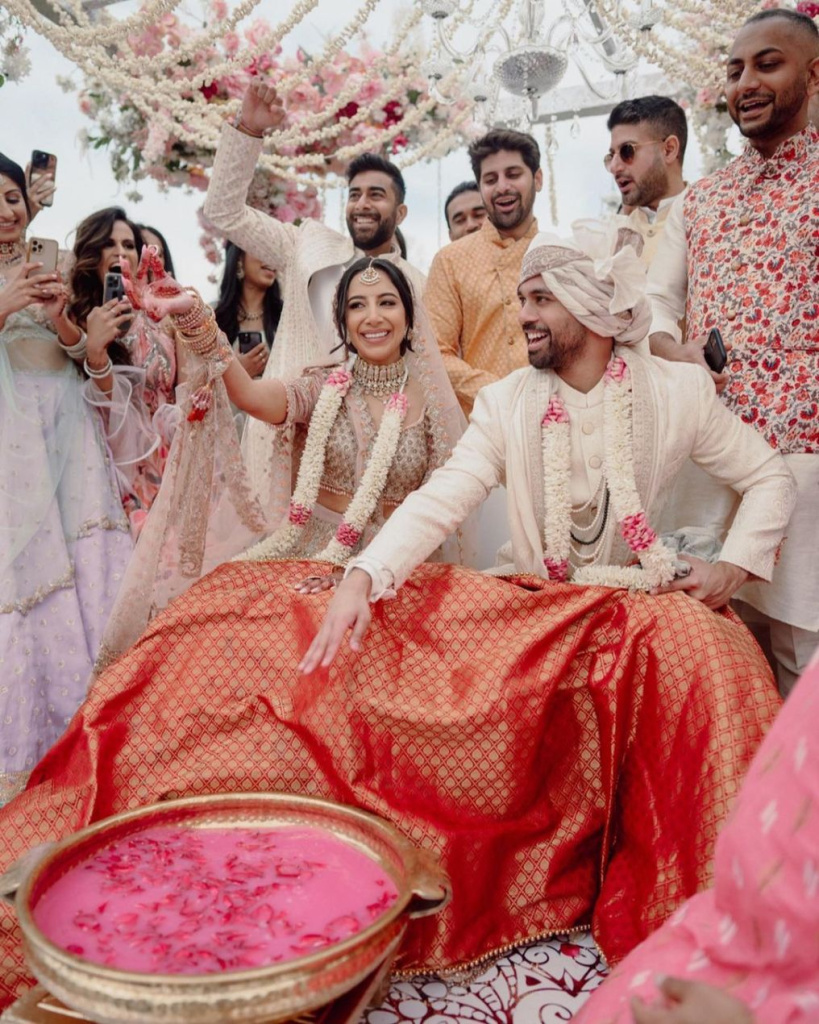
Sangeet (The Bollywood-Style Dance-Off)
The Sangeet is where everyone from grandma to little cousins hit the dance floor to celebrate. Picture high-voltage dance numbers, lip-sync battles, and comedic skits recounting the couple’s love story.
Fun Facts & Flair:
- Traditionally, the bride’s family hosted the Sangeet to welcome the groom’s side, but nowadays it’s a grand collaborative affair.
- The tunes range from classic Bollywood hits to the latest pop chart-toppers—guests often rehearse weeks in advance to perfect their moves.
- Some families hire professional choreographers to help them ace those show-stopping performances. Move over, Bollywood stars!
It’s an ice-breaker and a family bonding experience. Plus, who doesn’t love an excuse to dance like there’s no tomorrow?
Ganesh Puja (Spiritual Head Start)
Before the actual wedding proceedings kick off, families seek the blessings of Lord Ganesha, the remover of obstacles. This short but significant ritual ensures everything runs smoothly.
Fun Facts & Flair:
- Often conducted at home or the wedding venue, the Ganesh Puja sets a calm and reverent tone before the festivities explode into color and sound.
- Some families craft elaborate Ganesha idols from clay or eco-friendly materials for the puja.
- Offerings like modaks (sweet dumplings) are a must—Lord Ganesha is said to have a sweet tooth!
It’s a spiritual insurance policy of sorts, praying for a hiccup-free wedding and a blessed married life.
The Baraat (Groom’s Musical Road Show)
Picture the groom on a white horse (or a vintage car, or even an elephant in some regions) leading a flamboyant procession. Drummers, dancers, and a sea of excited relatives follow him to the wedding venue.
Fun Facts & Flair:
- The groom often wears a sehra (a headpiece with dangling adornments) to ward off the evil eye and keep his face partially hidden until he meets the bride.
- Baraatis (the groom’s squad) dance with unbridled energy, pausing only for breath or to gulp down a few refreshments.
- Modern twists include fancy vehicles, choreographed flash mobs, or LED-lit dhol players for that extra sparkle.
It’s a loud, joyous declaration that the groom has arrived to claim his bride. Let the wedding begin—officially!
Aarti & Tilak (Warm Welcome Ritual)
At the venue entrance, the bride’s family greets the groom with a traditional aarti (circling a lit lamp) and applies a tilak (often vermillion or sandalwood paste) on his forehead.
Fun Facts & Flair:
- This ritual symbolizes respect and the formal acceptance of the groom into the bride’s family.
- Sometimes, the bride’s sisters or female cousins might cheekily block the doorway, demanding a “fee” from the groom before letting him in—bargaining at its funniest!
- The groom might also be given sweets or a sip of water to refresh him after his big, boisterous Baraat entrance.
It’s all about hospitality and unity. In Indian culture, placing a tilak on the forehead is an act of reverence and good wishes.
Kanyadaan (Giving the Bride Away)
In this emotional ritual, the bride’s parents “give” their daughter to the groom, placing her hands in his as a symbol of trust and responsibility.
Fun Facts & Flair:
- The bride’s father (or guardian) typically performs Kanyadaan, sometimes joined by the mother in contemporary ceremonies.
- The priest recites mantras explaining that the bride is now the groom’s partner in every aspect of life—spiritual, material, and emotional.
- It’s often a tear-jerker moment, especially for parents seeing their little girl begin a new journey.
Kanyadaan underscores the sanctity of marriage. It’s a poignant passing of the torch, entrusting the groom with the bride’s well-being and happiness.
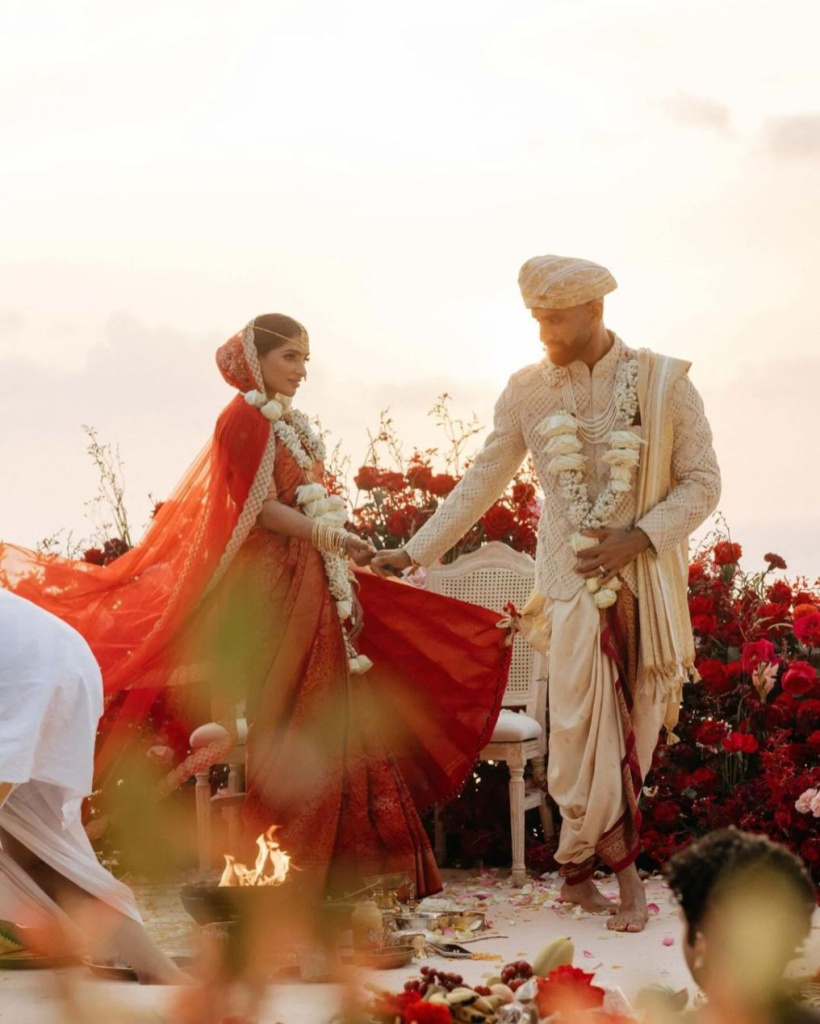
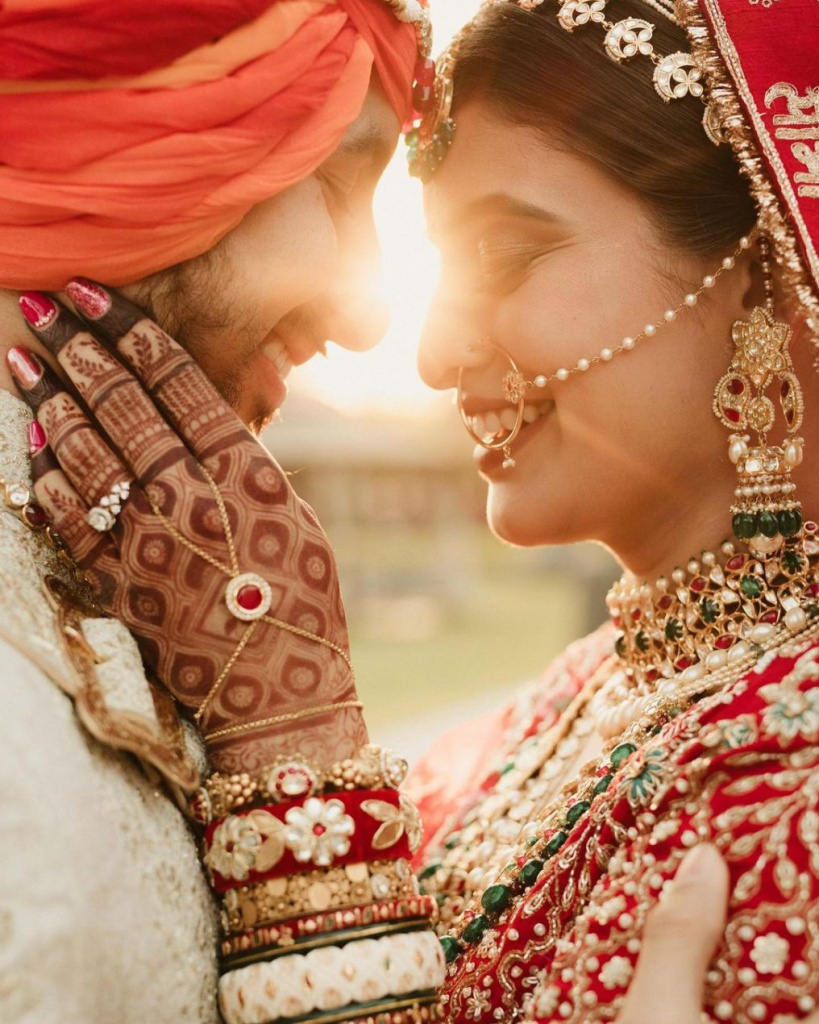
Havan & Agni Puja (Sacred Fire Ritual)
A priest lights a havan kund (fire pit), and the couple makes offerings of ghee, grains, and prayers to the fire, considered a divine witness to their union.
Fun Facts & Flair:
- Fire (Agni) symbolizes purity; the couple’s intentions and vows are believed to be carried to the gods through the rising smoke.
- Mantras and shlokas are chanted, sometimes with breaks to explain their meaning in modern weddings, so guests can follow along.
- The crackle of the fire adds drama and gravity to the atmosphere—like a living, flickering testament to their commitment.
It’s the spiritual center of a Hindu wedding. By offering prayers and circling the sacred fire, the couple aligns their union with divine blessings.
Saptapadi (Seven Sacred Steps)
Also known as the “Seven Steps,” the bride and groom walk around the sacred fire seven times, each step representing a vow—health, wealth, happiness, friendship, fertility, mutual respect, and spiritual growth.
Fun Facts & Flair:
- The bride often touches seven small piles of rice or seven betel nuts as she takes each vow.
- In many traditions, only after the Saptapadi is completed are the couple officially considered married.
- Guests sometimes shower the couple with flower petals or blessings as they walk around the fire.
These seven steps cement the emotional and spiritual bond. Each vow is a building block for a harmonious and prosperous life together.
Aashirvaad (All the Blessings, All the Feels)
With the wedding formalities completed, the newlyweds seek blessings from all the elders present. Touching feet or receiving a simple hug, everyone sends love and goodwill their way.
Fun Facts & Flair:
- This is the newlyweds’ first collective moment as husband and wife, surrounded by cheering family and friends.
- Some families also exchange symbolic gifts or tokens to bless the couple’s new household.
- Expect a stream of sweet words, from “Have lots of babies!” to “Stay best friends forever!”—all heartfelt, of course.
Marriage isn’t just between two people; it unites two families. These blessings reflect the love and support that will sustain the couple in their new life.
Vidaai (Bittersweet Farewell)
The bride says goodbye to her parents and siblings, leaving her childhood home to start a new life with her husband. Cue tears, laughter-through-tears, and tight hugs all around.
Fun Facts & Flair:
- The bride may throw a handful of rice over her head as she leaves, symbolizing repayment and gratitude for her upbringing.
- Emotional chaos reigns: crying is common, but it’s also a heartfelt moment of love and connection for the entire family.
- Modern couples sometimes choose to hold the Vidaai the next day to keep the farewell less rushed.
It’s a significant life transition, especially in traditional households. It marks the end of one chapter and the start of another—emotional, yes, but also filled with hope.
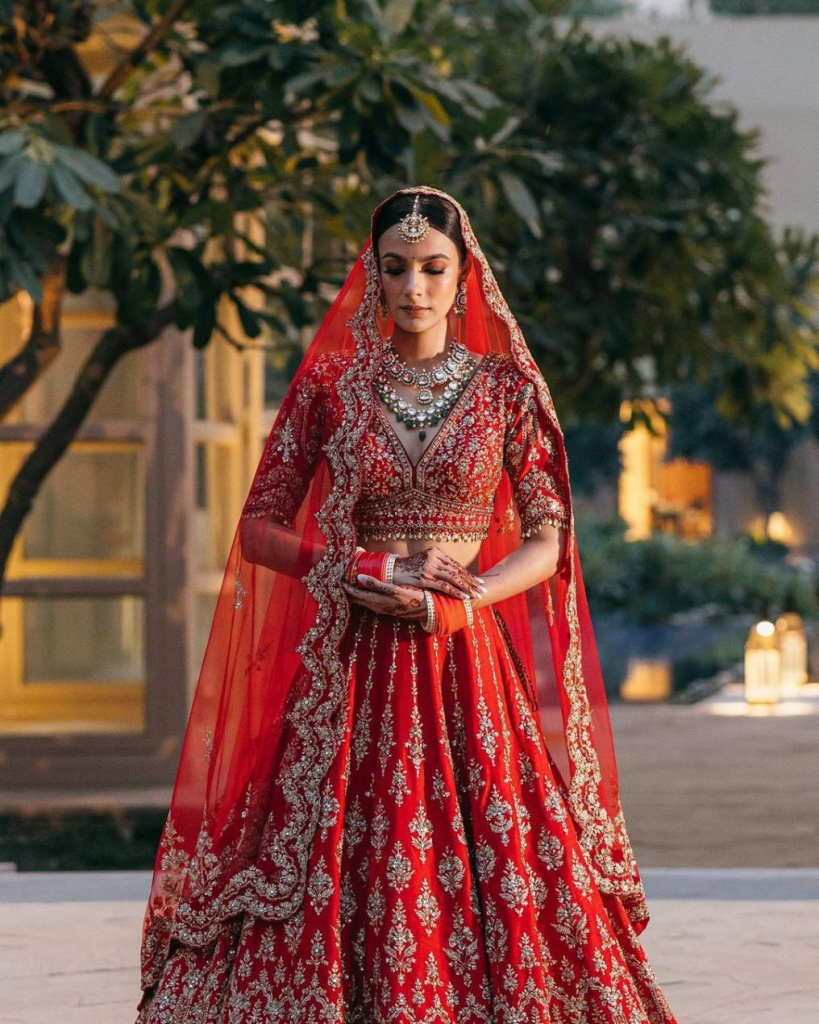
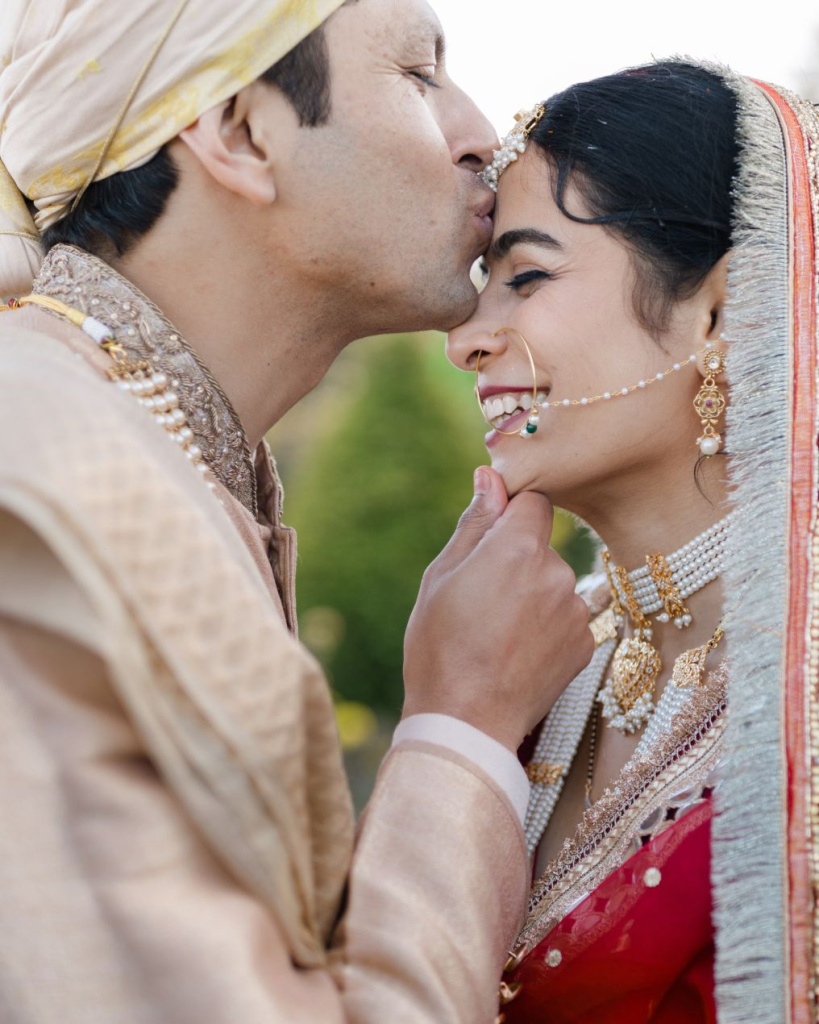
Grihapravesh (Bride’s Grand Entry Into Her New Home)
Upon arriving at the groom’s family home, the bride performs rituals to mark her first steps as a married woman. One common custom involves gently knocking over a pot of rice at the doorstep to usher abundance.
Fun Facts & Flair:
- The bride often dips her feet in a plate of vermillion or red-colored water, leaving footprints as she enters—an auspicious sign welcoming prosperity.
- Some families create playful hurdles or mini-games to lighten the mood and make the bride feel at ease in her new environment.
- Grihapravesh signifies that the home is now “her home,” too—an important emotional and cultural milestone.
It’s the bride’s official welcome into the groom’s family, symbolizing unity and the blending of two households into one harmonious haven.
Reception (The Big Post-Wedding Bash)
After all the traditional rites and emotional goodbyes, it’s time to celebrate with a grand reception party. This is where extended family, friends, colleagues, and neighbors gather for one last splashy hurrah.
Fun Facts & Flair:
- Expect stunning décor, from floral arches and chandeliers to sparkly backdrops and photo booths.
- Delicious multi-cuisine buffets or multi-course meals, and maybe even a towering wedding cake—talk about #foodiegoals.
- The newlyweds often make a dramatic entrance in coordinated outfits, greeting guests, and posing for endless photographs (say cheese!).
It wraps up the wedding festivities with glamour and grandeur. It’s also a chance for guests who couldn’t attend earlier ceremonies to meet the couple and shower them with gifts and blessings.

Hindu Wedding Symbols
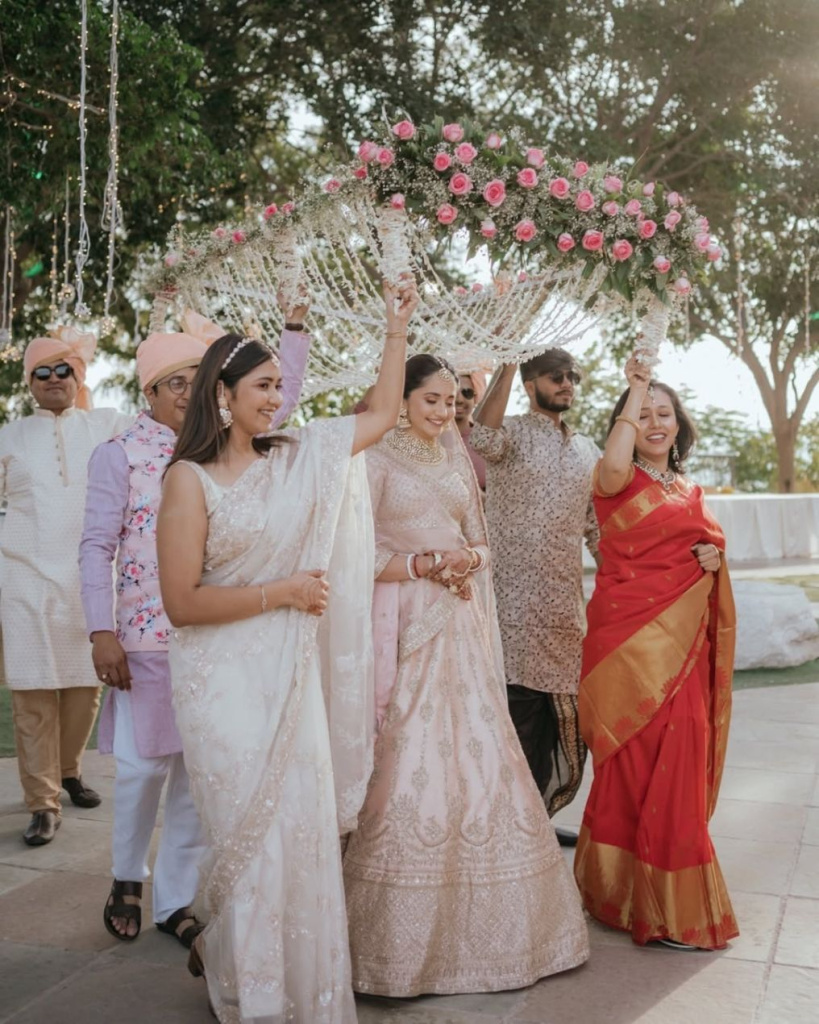
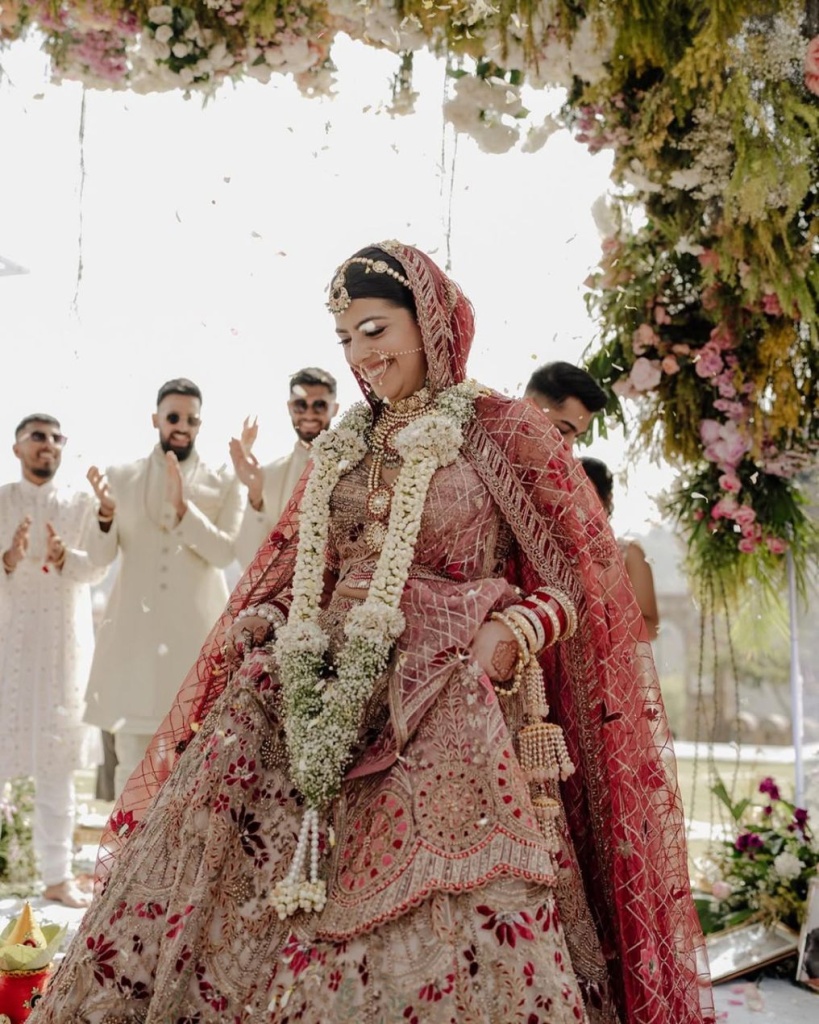
Beyond the dances, the drama, and the decadent feasts, Hindu weddings are deeply symbolic. Every element, from the sacred fire to the color of the bride’s sari, holds layers of meaning. Dive into these timeless motifs that bind tradition and faith in a glittering tapestry.
The Sacred Fire (Agni)
A traditional Hindu wedding simply isn’t complete without Agni. This flickering glow is the heart of the wedding, embodying purity, transformation, and the spiritual energy that binds two souls in marriage.
Symbolism:
- Fire is considered a divine witness to the wedding vows.
- Couples walk around it (Saptapadi) to symbolize their commitment in the presence of a holy force.
- Agni (the fire god) is believed to purify and carry the couple’s promises to the heavens.
Modern Take:
- While the symbolism remains, many modern weddings streamline the ritual, sometimes using smaller havan kunds (fire pits) for indoor venues.
- Priests might explain each mantra in the local language (or even English), helping guests understand the meaning behind this ancient ritual.
- Some couples incorporate light decorations around the fire or use LED-lit mini fire stands if open flames are restricted, ensuring safety without losing the essence.
Mehendi (Henna Designs)
Gorgeous swirls and motifs tell a story of tradition, romance, and shared anticipation. As the bride sits for hours to get her henna done, the entire wedding party indulges in laughter, light bites, and perhaps a little dance or two—making Mehendi night one of the most cherished pre-wedding events.
Symbolism:
- Mehendi signifies good luck, happiness, and the bride’s readiness for her new life.
- The intricacy and darkness of the henna stain are said to reflect the depth of love between the couple—and sometimes the affection from the bride’s in-laws!
- In many cultures, hidden motifs like the groom’s initials in the bride’s mehendi add a playful element to the celebration.
Modern Take:
- Bridal mehendi designs can range from classic paisleys and mandalas to quirky additions like wedding hashtags or cartoon versions of the couple.
- Men are increasingly joining the fun with minimal or matching henna patterns, turning the event into a unisex celebration.
- Mehendi parties often double as casual cocktail or brunch gatherings, complete with music, photobooths, and fun games.
Sindoor (Vermillion Powder)
This small yet powerful streak of color across the bride’s hair isn’t just makeup—it’s a resonant tradition representing commitment, passion, and the promise of a shared life journey.
Symbolism:
- The red sindoor in the bride’s hair parting (maang) signifies her married status and the groom’s pledge of protection and affection.
- It’s rooted in centuries-old beliefs that red represents energy, fertility, and the vibrancy of married life.
- The act of applying sindoor is often seen as the spiritual “final seal” of the wedding.
Modern Take:
- Some brides opt for more subtle ways of wearing sindoor, using less powder or mixing it with modern hair accessories.
- Others love the drama of a bold red streak, pairing it with a decorative maang tikka for an ultra-glam look.
- Media and popular culture have made this practice iconic—appearing in countless Bollywood films as the emotional climax of the wedding scene.
Mangalsutra (Sacred Necklace)
The mangalsutra’s timeless significance lies in its quiet but profound statement: a daily reminder of love, trust, and the unbreakable bond forged on the wedding day.
Symbolism:
- A tangible emblem of marriage, much like a wedding ring in Western culture.
- Traditionally made of black beads interspersed with gold, symbolizing protection from the evil eye and a prosperous married life.
- Wearing the mangalsutra close to the heart is believed to protect the wearer and strengthen the marital bond.
Modern Take:
- From minimalist chains to lavish diamond-studded pieces, brides now personalize mangalsutras to suit their style.
- Some modern couples exchange rings along with the mangalsutra, blending Hindu traditions with Western customs.
- Designers have introduced matching mangalsutra-and-bracelet sets or chokers that the bride can wear in daily life without it feeling cumbersome.
Garlands (Varmala/Jaimala)
In many ways, the varmala is the wedding’s first big snapshot: two souls standing face to face, garlands poised, ready to embark on a shared adventure.
Symbolism:
- Exchanging garlands represents mutual respect, acceptance, and an equal partnership.
- In ancient times, it was a way for the bride and groom to publicly acknowledge each other as life partners in front of family and friends.
- Flowers themselves symbolize fresh beginnings, fragrance, and natural beauty.
Modern Take:
- Floral styles can range from traditional marigolds and roses to contemporary orchids or personalized floral chains with charms or LED lights.
- Couples may turn the varmala exchange into a playful showdown, each trying to dodge the other for comedic effect.
- Elaborate stage setups now make this ritual a showstopper moment—with confetti, special lighting, and epic music cues.
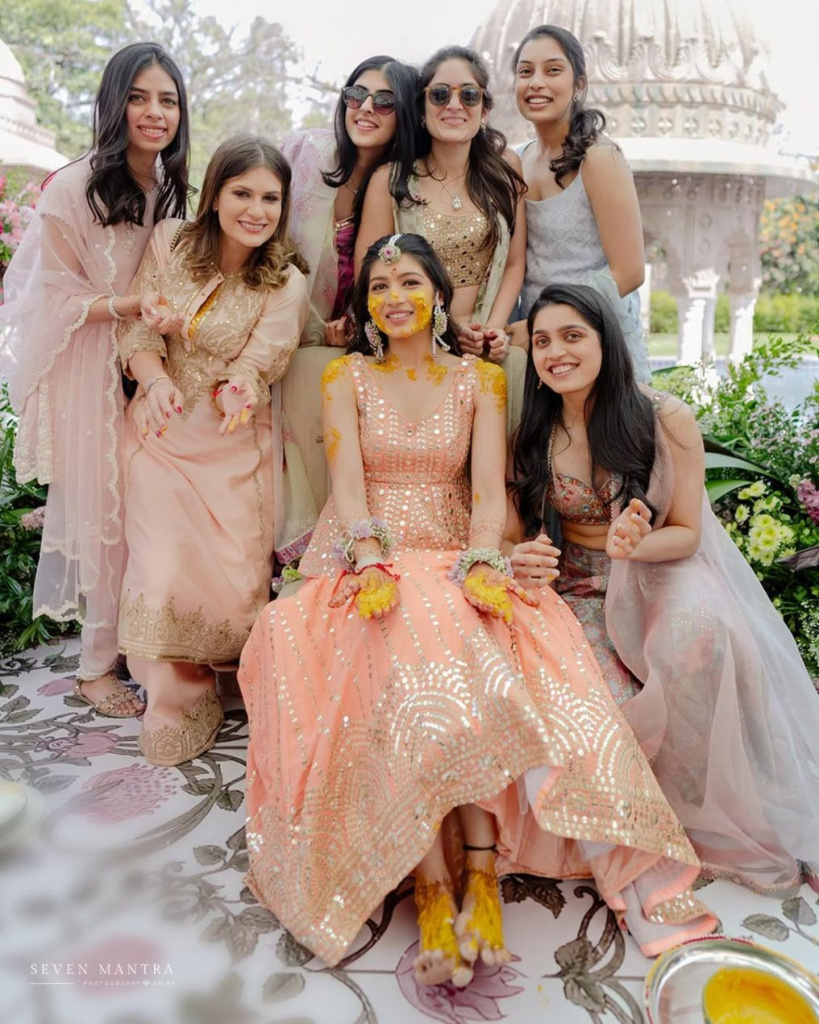
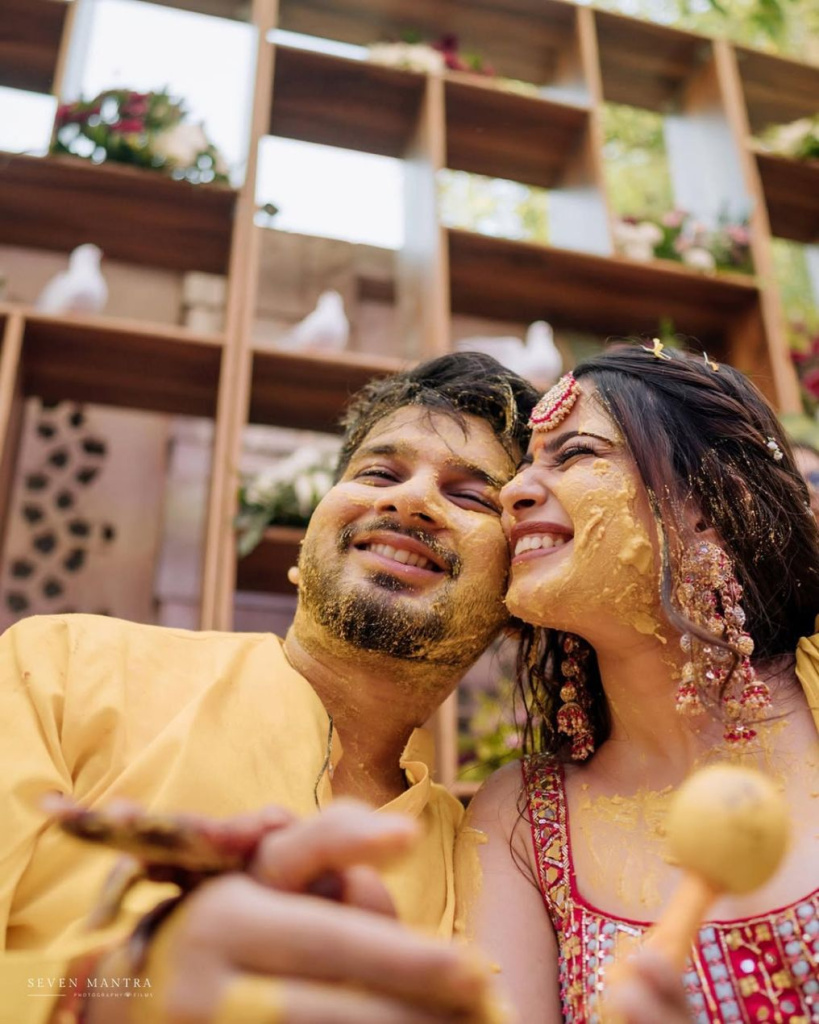
Haldi (Turmeric Paste)
If there’s one event that guarantees endless laughter, it’s the haldi. Amid turmeric-stained selfies and friendly chaos, the soon-to-be-married couple is literally showered with blessings and color.
Symbolism:
- Turmeric is believed to ward off evil, purify the body, and bestow a healthy glow on the bride and groom.
- Yellow, the color of sunshine and happiness, signifies a bright, auspicious start to the matrimonial festivities.
- This is also a protective rite, offering a spiritual shield before the formal wedding ceremonies.
Modern Take:
- Haldi ceremonies often double as lighthearted pool parties or outdoor events where everyone wears matching yellow attire.
- Some families add extra ingredients like sandalwood or rose petals for a luxurious twist (and a fabulous Instagram feed!).
- Water fights and playful smearing of excess turmeric have become the new norm, keeping the vibe cheerful and fun.
Rice (Used in Various Rituals)
Despite its simplicity, rice plays a powerful role in traditional Indian ceremonies—quietly speaking of gratitude, good fortune, and the hope that life’s cup (or granary!) always remains full.
Symbolism:
- Rice represents abundance, fertility, and nourishment—key tenets for a prosperous marriage.
- During the wedding ceremonies, the couple may offer rice to the sacred fire or the bride might toss rice backward in her Vidaai, expressing gratitude to her parents.
- The scattering or throwing of rice in different rituals symbolizes sharing blessings and prosperity with loved ones.
Modern Take:
- Some modern weddings replace rice with eco-friendly confetti, flower petals, or biodegradable options.
- Stylish brides opt for decorative pouches of colored rice, matching the theme of the wedding.
- Even with new spins, the essence remains the same: ensuring the flow of good fortune and positivity into the couple’s life.
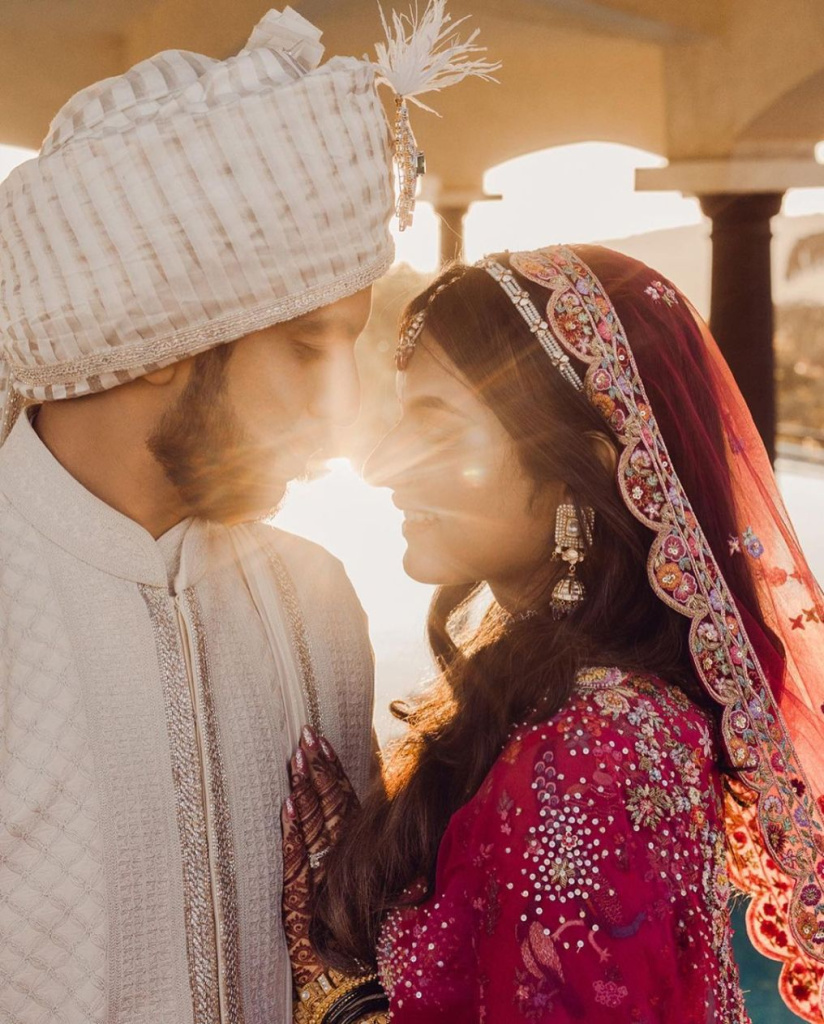
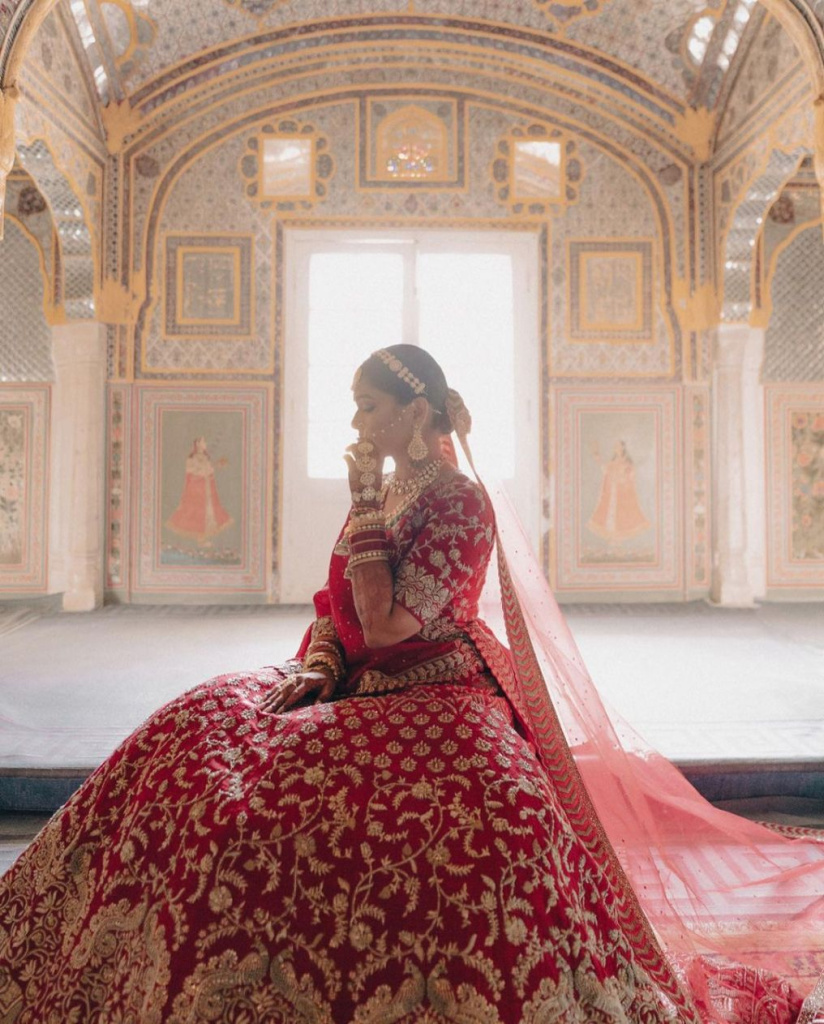
The Color Red
Whether splashed across a bridal lehenga or woven into subtle accessories, red remains the heartbeat of Hindu wedding ceremonies, pulsing with life, ardor, and timeless elegance.
Symbolism:
- Red is considered the color of Shakti (female power), energy, and auspiciousness in Hindu culture.
- Brides wearing red attire is a longstanding tradition, signifying passion, fertility, and a prosperous marital life.
- Temple and wedding décor often incorporate red roses and marigolds, tying into themes of vitality and celebration.
Modern Take:
- While red remains a classic, many brides experiment with shades like deep maroon, bright pink, or pastel palettes with red accents.
- Some couples incorporate the color into décor elements—think red backdrops, rose centerpieces, or intricate red rangoli designs at the entrance.
- The underlying belief in red’s vibrant energy stays intact, even when paired with modern style choices.
From the glowing Agni to the symbolic swirl of mehendi, these cherished motifs reflect a blend of cultural heritage and personal expression. More than mere ornaments, they’re conduits of meaning, reminding everyone that a Hindu wedding is as much about soulful connection as it is about celebration. Each ritual and symbol adds another brushstroke to the grand, colorful canvas of love, tradition, and togetherness.






